13 km and 1240 m of elevation gain / 650 m of elevation loss
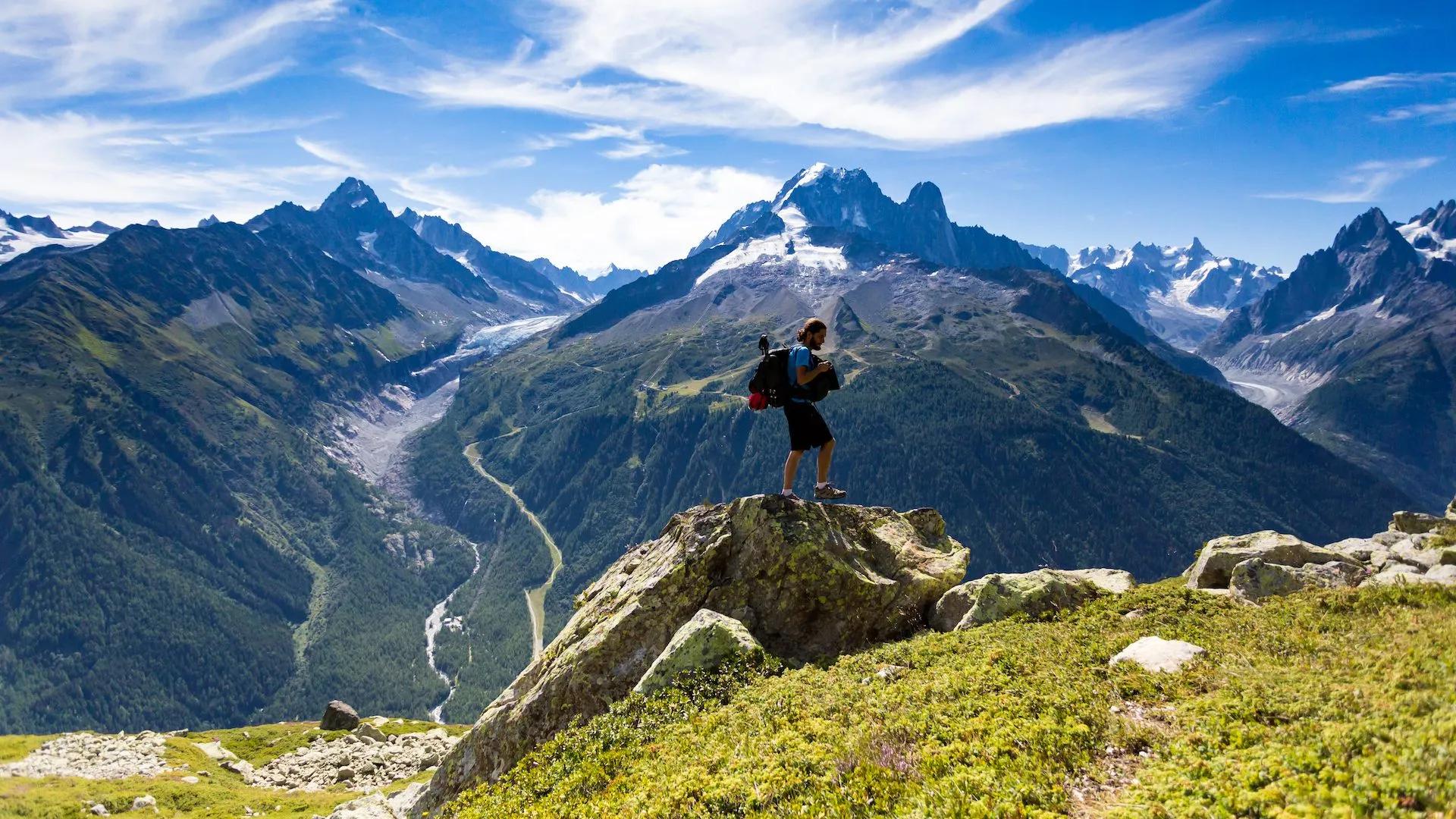












Guided Tour du Mont Blanc
11 days / 10 nights
|
Starting point
Les Houches
Finish point
Les Houches
Season
From June to September
Technical level
3/5
Fitness level
4/5
Tour type
Hut-to-Hut
Starting point
Les Houches
Finish point
Les Houches
Season
From June to September
Technical level
3/5
Fitness level
4/5
Tour type
Hut-to-Hut
- Complete one of the most iconic hikes in the European Alps
- Worry less by being led by one of our certified guides
- Personalize your TMB journey according to your wishes and preferences
- Taste the authentic alpine cuisine of France, Italy, and Switzerland
- Sleep in cozy mountain huts and boutique hotels
Itinerary of the trip
FREE ITINERARY
Get Your Travel Itinerary
Loved the itinerary? Enter your email below, and we'll send a copy straight to your inbox.
What’s included in the price?
Guided
NOT INCLUDED
What to bring to the tour
- Hiking shoes/boots
- 25 to 45-liter backpack
- Base layer
- Sports T-shirts
- Hiking shorts
- Hiking water-repellent pants
- Waterproof jacket
- Midlayer
- Sports socks and underwear
- Leisurewear for evenings
- Down jacket
- Gloves
- Shade hat/cap
- Warm headwear
- Sunscreen
- Sunglasses
- Headlamp
- Hiking poles
- ID card or passport
- Snacks
- Cash
- Water bottles or hydration pack
- Sleeping liner
- Toiletries
- Toilet paper
- Small first aid kit
The Tour du Mont Blanc is considered one of the most exciting and rewarding hikes in the world. Starting in Chamonix, France, it passes through Italy and Switzerland on its way around Western Europe's highest peak.
It is surely one of the best trips you will ever take, taking you into the magical embrace of the Alps. Below towering peaks, across grassy cols, through epic valleys, and towards majestic lakes. Combine that with some authentic Alpine food, and you have a hike that should be on every outdoor enthusiast’s bucket list.
Even though many people decide to do Tour du Mont Blanc on their own or self-guided, you might want to have extra security and fewer worries by going with a guided tour.
Led by our UIMLA-certified guide, your trek in the region will be an experience to remember – you’ll get to enjoy the beauty of the area without having to worry about safety, route finding, or logistics, plus you’ll get plenty of added value from the extensive local knowledge of our guide.
One big advantage of being on a private guided trip is also its flexibility and customization – if the trail allows it, we can do it.
- We can design the most suitable route
- Adjust the number of days to fit your schedule and hiking pace
- Book the right mix of accommodations, upgrading them for more comfort and luxury
- Provide transfers between less interesting sections or if you need a rest
Depending on your wishes and preferences, we’ll advise you on the best options and plan your ultimate Tour du Mont Blanc hiking experience.
Frequently Asked Questions
Ratings & Reviews

5.0 average rating

We had a lovely hike today with our guide Klemen. He personalized the tour on our needs and interests, so that we saw places we wouldn't without his experience. The hike was a little bit slippery after the rain from the last days and it went a lot upwards, but it was totally worth it! Thanks again :)



Abigail Gilmore
Had a great time on this hike. Great and simple way to see the TMB. Would recommend Hut to Hut to friends.

Carolan Mackay
We had a great time. We would have liked more descriptions for options with easier passages - one person in our group required that a lot.
We had a lovely hike today with our guide Klemen. He personalized the tour on our needs and interests, so that we saw places we wouldn't without his experience. The hike was a little bit slippery after the rain from the last days and it went a lot upwards, but it was totally worth it! Thanks again :)



Carolan Mackay
We had a great time. We would have liked more descriptions for options with easier passages - one person in our group required that a lot.

Abigail Gilmore
Had a great time on this hike. Great and simple way to see the TMB. Would recommend Hut to Hut to friends.
Similar Products
All available guidance options
Join a Group
For solo hikers or hikers who wish to meet other like-minded souls...

Hassle-Free
We handle itineraries, accommodations, and anything else you prefer not to deal with, so you can enjoy a carefree hike.

Book with confidence
We are a financially protected company, fully bonded and insured, keeping your money safe and allowing you to travel with confidence.

Tried & Tested Adventures
Only the best adventures on the TMB, cherry-picked by our local team with an in-depth knowledge of the region.

Unbeatable support
Our 24/7 customer support is where we show our passion, bringing you a better experience by making your well-being our number one priority.
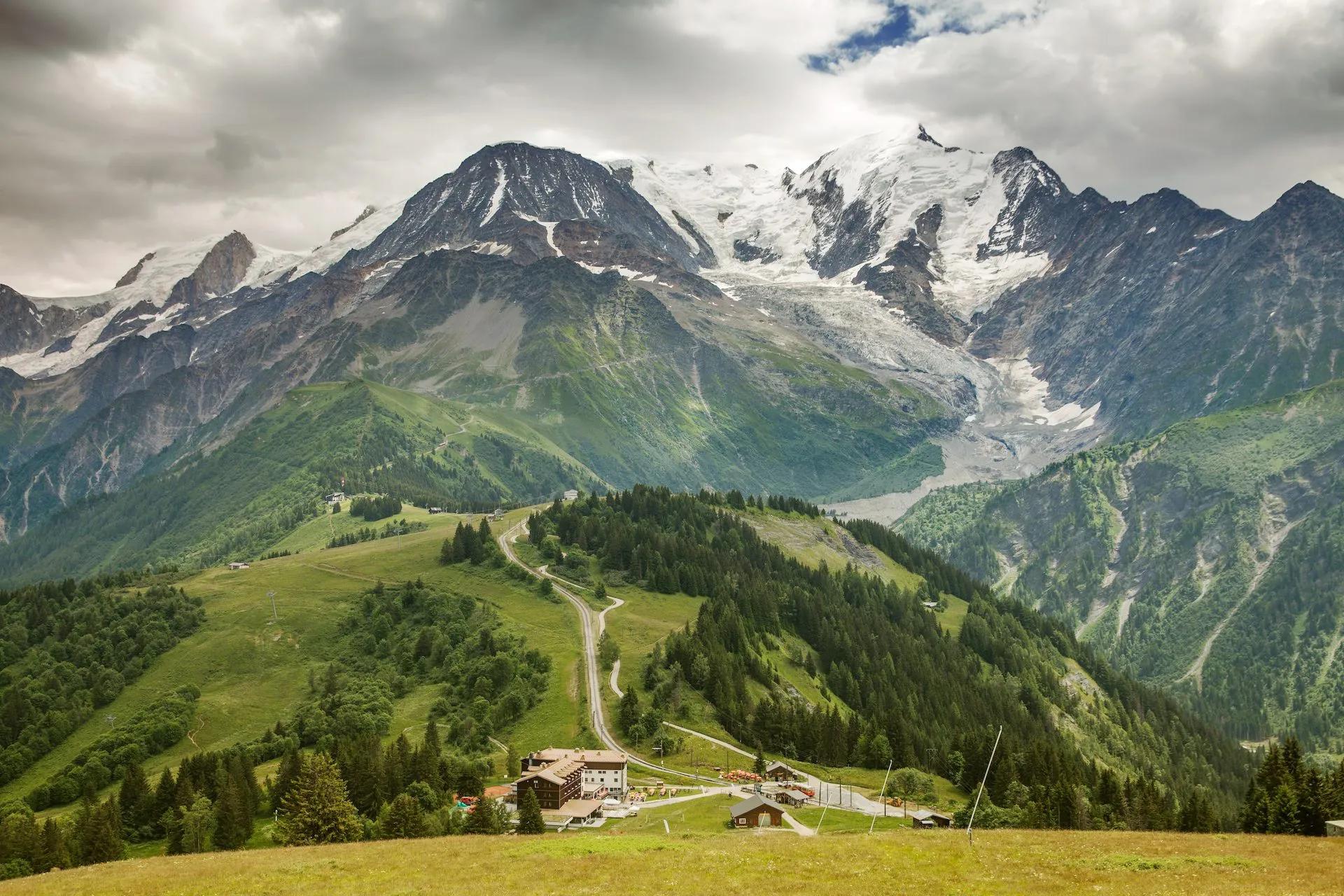




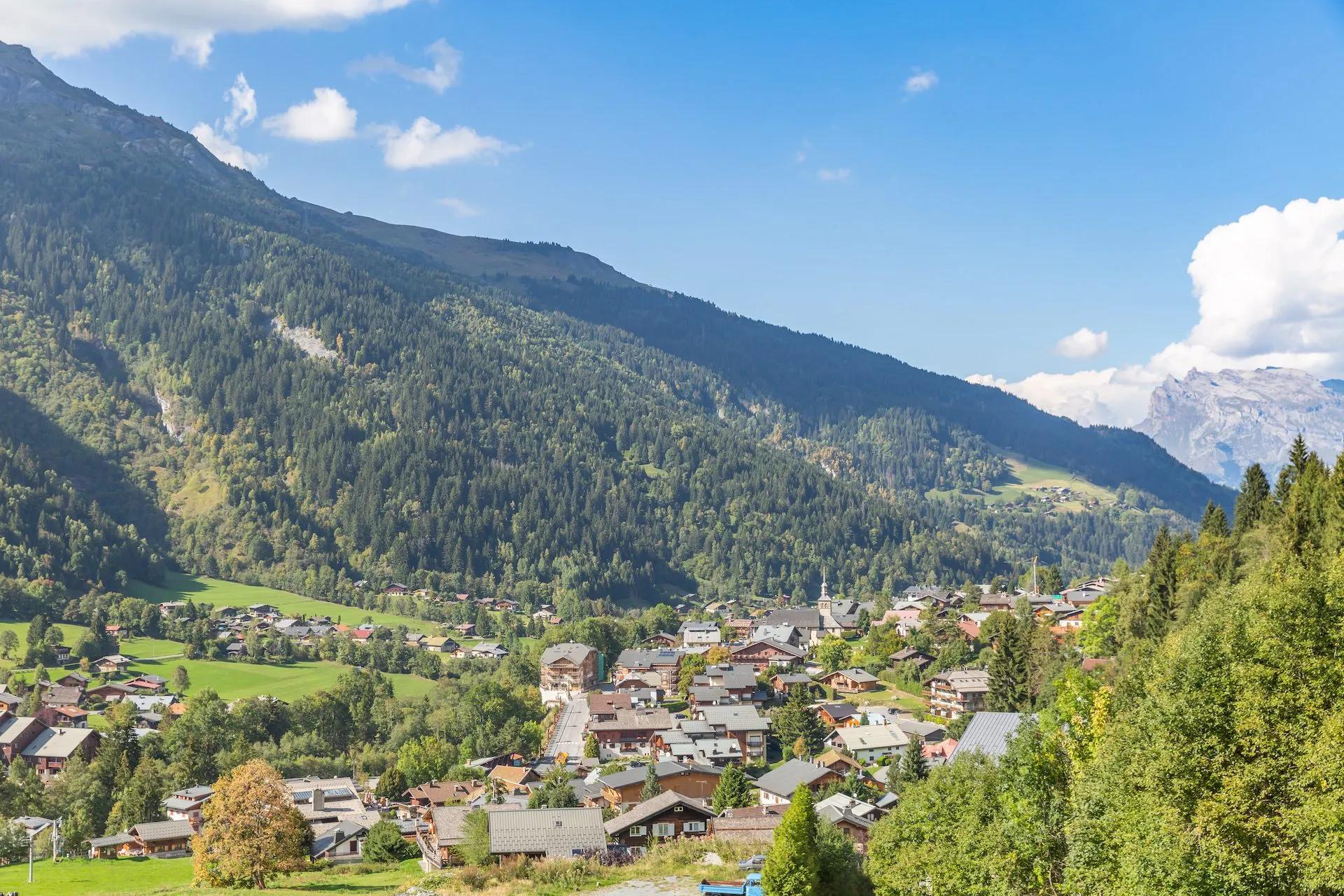




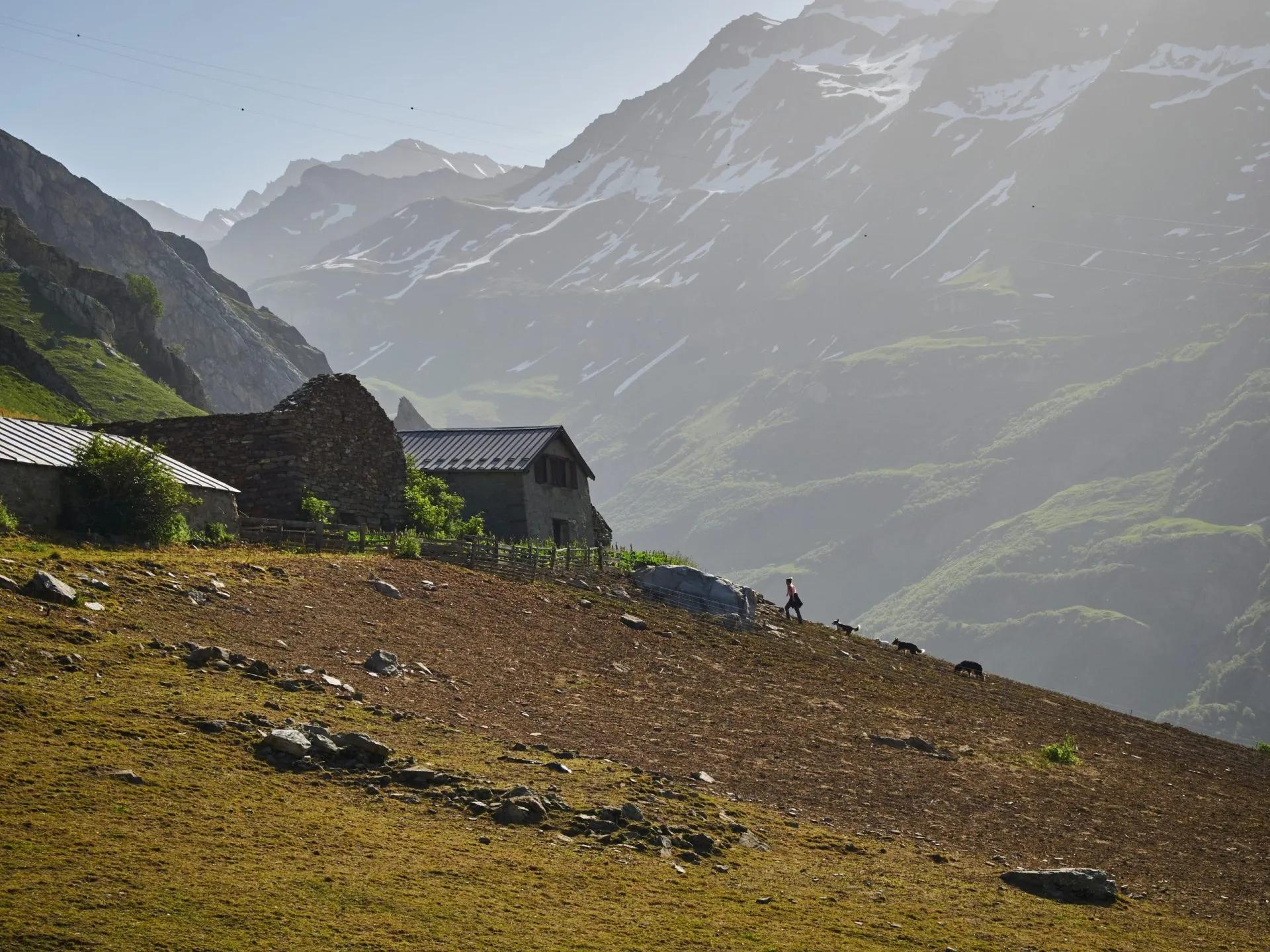




















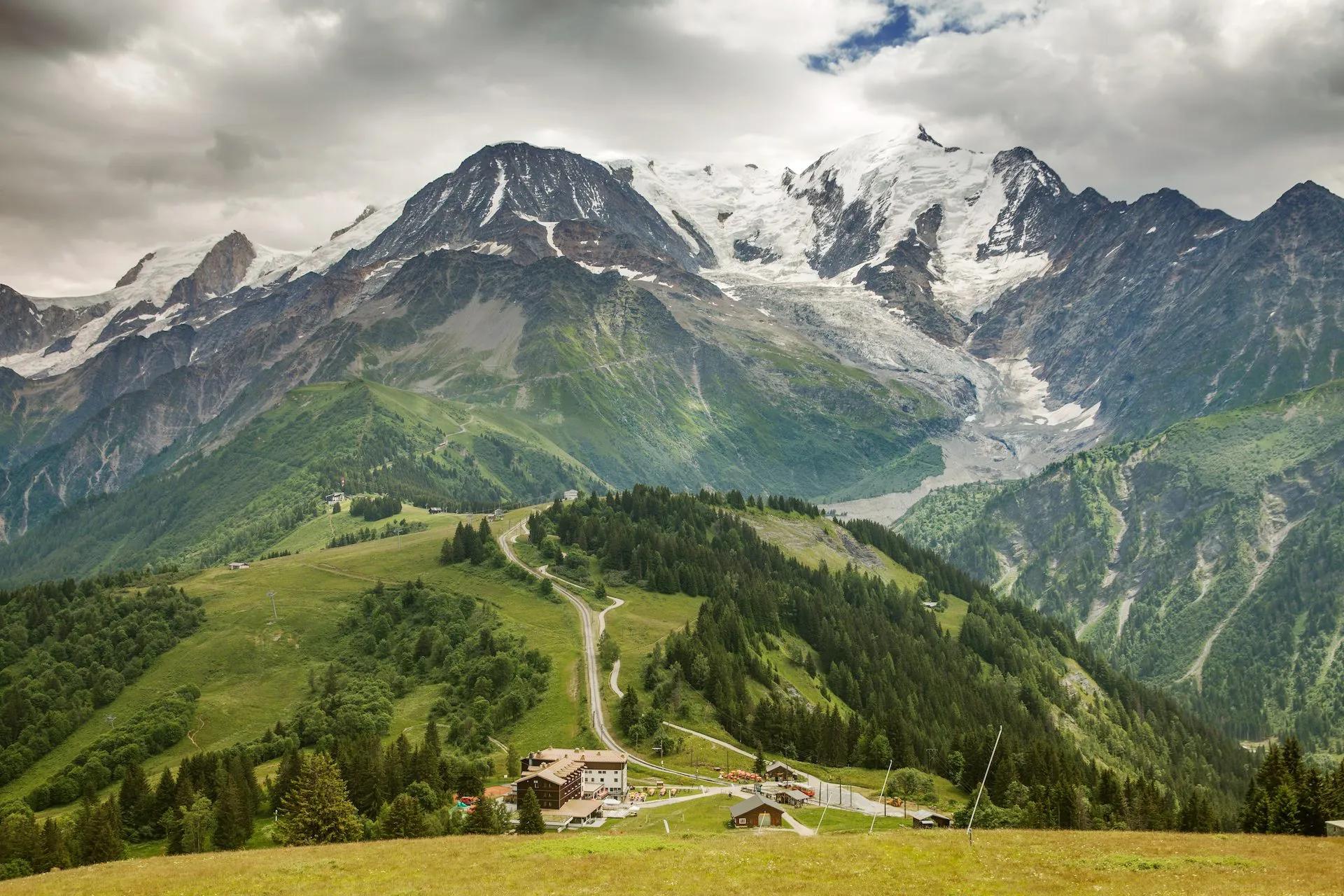


.png&w=3840&q=75)